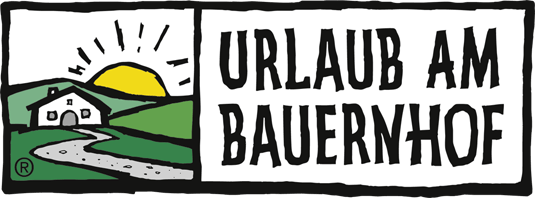Excursus: How the farmer got to cattle
The Neolithic Age (Neolithic) marked the transition of humans from hunters and gatherers to sedentary farmers who cultivated arable land and raised cattle. In Central Europe, the “new way of life” spread along the Danube region from around 5500 BC - Austrian farmers can therefore look back on an extremely long tradition!
The people of that time captured and domesticated native wild animals. At first there were sheep and goats, a little later cattle and pigs followed. Coexistence offered great advantages to all “involved” - because in prehistoric Europe, wolves and bears were at the top of the food chain alongside humans. The people ensured the safety of their animals and an adequate supply of food; in return they received wool for the production of textiles as well as milk and meat. They received support in tending their herds and guarding the farms from dogs, which at that time had lived with humans for several millennia and already looked very similar to today's large dog breeds.
Little changed about this community over many centuries. Only in the Iron Age, i.e. from around 1000 BC, did the domestic fowl join in and enrich its owners with eggs and warming feathers. Domestic geese were first kept by Teutons and Romans; the latter also brought cats with them on their advance across the Alps to our latitudes.
Horses have been bred in Europe since around 1500 BC, but they were almost exclusively riding animals. It was not until the early Middle Ages that individual horse breeds had acquired sufficient robustness as a result of breeding, so that they could be used efficiently as pack animals and workhorses in conjunction with new types of harness. Finally, in the High Middle Ages, rabbits and barn rabbits found their way to the farm.
(see. http://www.ooegeschichte.at/epochen/urgeschichte/neolithikum/lebens-und-wirtschaftsform/ackerbau-und-viehzucht/
in connection with wiki articles on the respective animals)
The earliest farmers provided the stable food supply that enabled larger, permanent settlements to develop: They set the so-called Neolithic Revolution in motion.
And by replacing their leisurely cattle with high-performance horses as livestock, farmers in the Middle Ages were able to massively increase their yield - this was the only way to ensure the supply of entire cities.
The history of civilization is therefore essentially also a history of agriculture.









